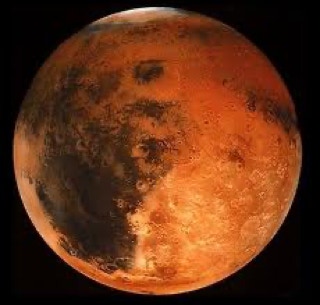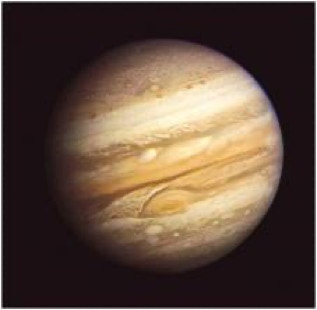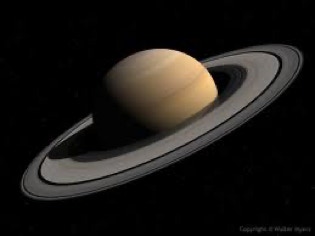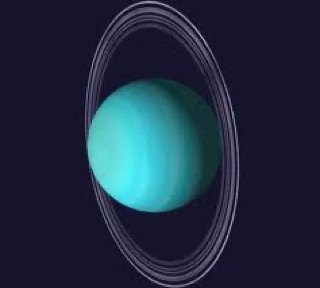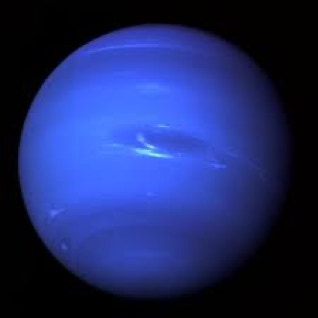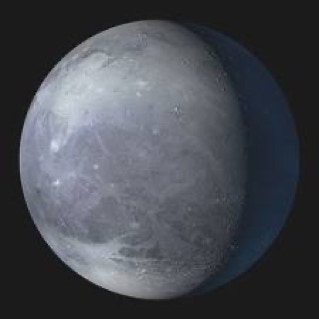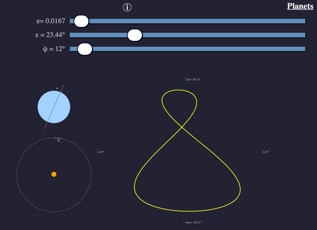Of all the planets in our solar system, six of these (including Earth and Pluto) exhibit the right orbital characteristics for the sun to form an analemma curve throughout the planet's solar year. The two exceptions to this are Mercury and Venus. The length of day on these two planets almost matches the revolution time around the sun, thus the motion of the sun from one day to the next is not a smooth analemma curve. In fact, the length of the day on Venus is slightly longer than its' solar year
MARS
Length of year: 686.98 days
Length of solar day: 24.66 hours
Eccentricity: 0.093
Obliquity: 25.19º

